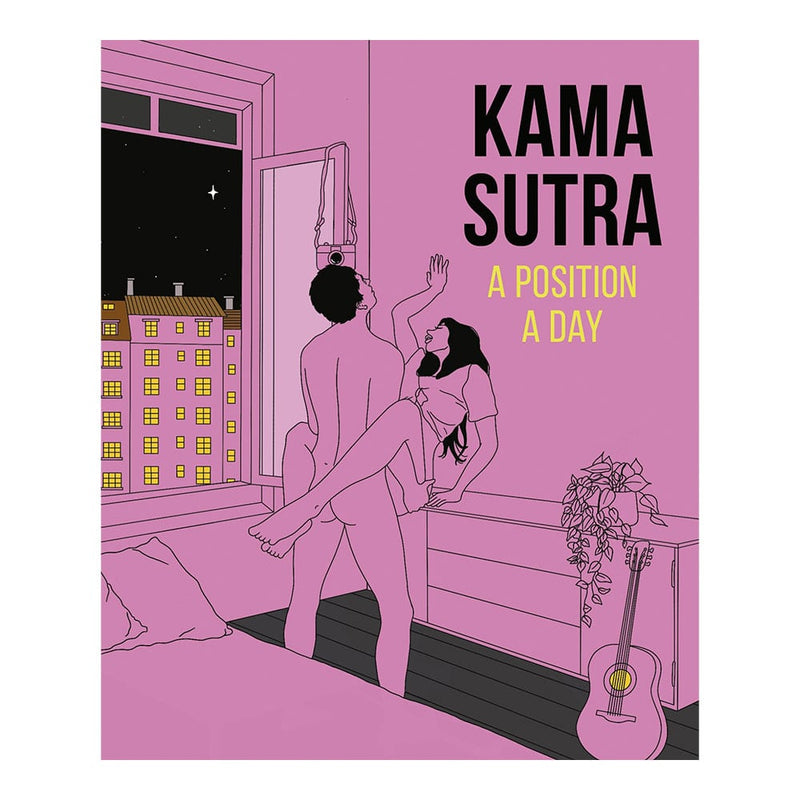History of the Kama Sutra

The Formula of Lust
The "Kama Sutra" or "Kamasutra" is one of the oldest texts of its kind. Believed to have been written in the Gupta Golden Age of India in ADE320 to 550. Written by a religious student and philosopher named Vatsyayana, the title translates roughly to "The Aphorism of Desire," or "The Formula of Lust."
First translated and published in 1883 by an Indian archaeologist Bhagwan Lal Indraji it has since been reprinted multiple times and whittled down to the selection of sexual positions - a chapter that makes up only 20% of the original text.

Shop the Kama Sutra Here
A Hindu Text
In Hinduism there are four tenets, or goals, of human life that all people must achieve;
Dharma - Duty & Virtue,
Artha - Purpose & essence,
Kama - Desire & Passion,
Moksha - self-actualisation,
The Kama Sutra was essentially a guide to achieving the "Desire" goal of these tenets.
Only about 20 percent of the original text - one chapter to be exact - is on the specific topics of sexual positions. The rest of the book speaks on topics of desire, lust, seduction and the philosophy of love.

Ancient India
In ancient India sex and sexuality were a large part of Indian culture. Polygamy (being married to multiple partners) and polyamory (having intimate relationships with more than one person at the same time), were common among the upper classes.
Nudity in art was plentiful and sex was considered a martial duty, not just for a wife, but for the husband too. And while it was a private affair, both partners were expected to pleasure each other.
It was also known that ancient India was filled with secret late night orgies, read more about this here.

A Focus on Female Pleasure
What is surprising about this ancient text is that it holds a focus on the act of sex being pleasurable for a woman.
According to the renowned history professor and author Anne Hardgrove:
“What is especially unique about the Kama Sutra is that it maintains a special focus on creating pleasure for the woman. A man who fails to provide and bring about those pleasures is subject to a woman’s recourse, that is, to seek pleasure elsewhere where she may find it.”

The Original Text Summed Up
Written by Marlese Lessing
A summary of this ancient text goes like this:
The first section goes over love in general, the role of wingmen or "intermediaries" in assisting in the acquisition of a lover and life goals.
Part two is the most well known section which rose to fame in the sexual revolution of the 60's and 70's and in the 90's the most eyebrow raising part of the book began to go viral on the early internet with all 64 sexual positions. This chapter also covers sexual techniques such as oral sex, anal, biting, moaning, slapping and foreplay.
The third and fourth section go over in detail the intricacies of obtaining a wife, marriage, wifely duties and the care and treatment of a wife.
The fifth chapter discusses techniques in seducing other people's wives.
The sixth section talks of courtesans, mistresses, the acquisition of friends with benefits.
The final part discusses attracting people using sexual prowess and how to improve your physical attraction.







